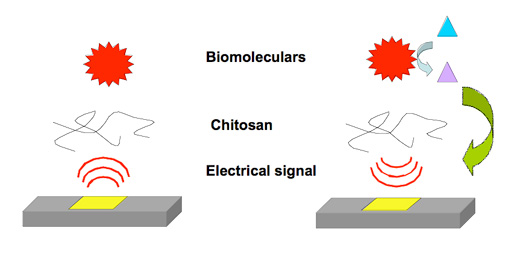Fare is one of the major expenses in public transport at everyday. So correct estimation of fare is important
for passenger. In many vehicles, fare meters are used. Recently fare meters are built based on micro controller. Most of the builders use ATMEL 8051 micro controller, because this micro controllers are come into hand first. These micro controllers are CISC architecture. They have much more instructions But recently PIC well developed by MicroChip Company, is based on RISC architecture. In this paper, a fare meter has been built, based on PIC 16F84A, which is one of the most popular and versatile in use. Here the hardware and the software have been accomplished for a single and vital parameter i.e. bill of transport which is calculated by means of measuring the rotation of taxicab wheel and displayed by a display driver circuit. By measuring rotation, distance traveled by taxicab, time of travel and speed can also be calculated and displayed. This fare meter has been developed in respect of our country, Bangladesh to reduce cost of manufacturing and make it available in market. Thus this attempt will also reduce the import of these fare meters from other countries, especially from India.
for passenger. In many vehicles, fare meters are used. Recently fare meters are built based on micro controller. Most of the builders use ATMEL 8051 micro controller, because this micro controllers are come into hand first. These micro controllers are CISC architecture. They have much more instructions But recently PIC well developed by MicroChip Company, is based on RISC architecture. In this paper, a fare meter has been built, based on PIC 16F84A, which is one of the most popular and versatile in use. Here the hardware and the software have been accomplished for a single and vital parameter i.e. bill of transport which is calculated by means of measuring the rotation of taxicab wheel and displayed by a display driver circuit. By measuring rotation, distance traveled by taxicab, time of travel and speed can also be calculated and displayed. This fare meter has been developed in respect of our country, Bangladesh to reduce cost of manufacturing and make it available in market. Thus this attempt will also reduce the import of these fare meters from other countries, especially from India.
For Full Project Download:





